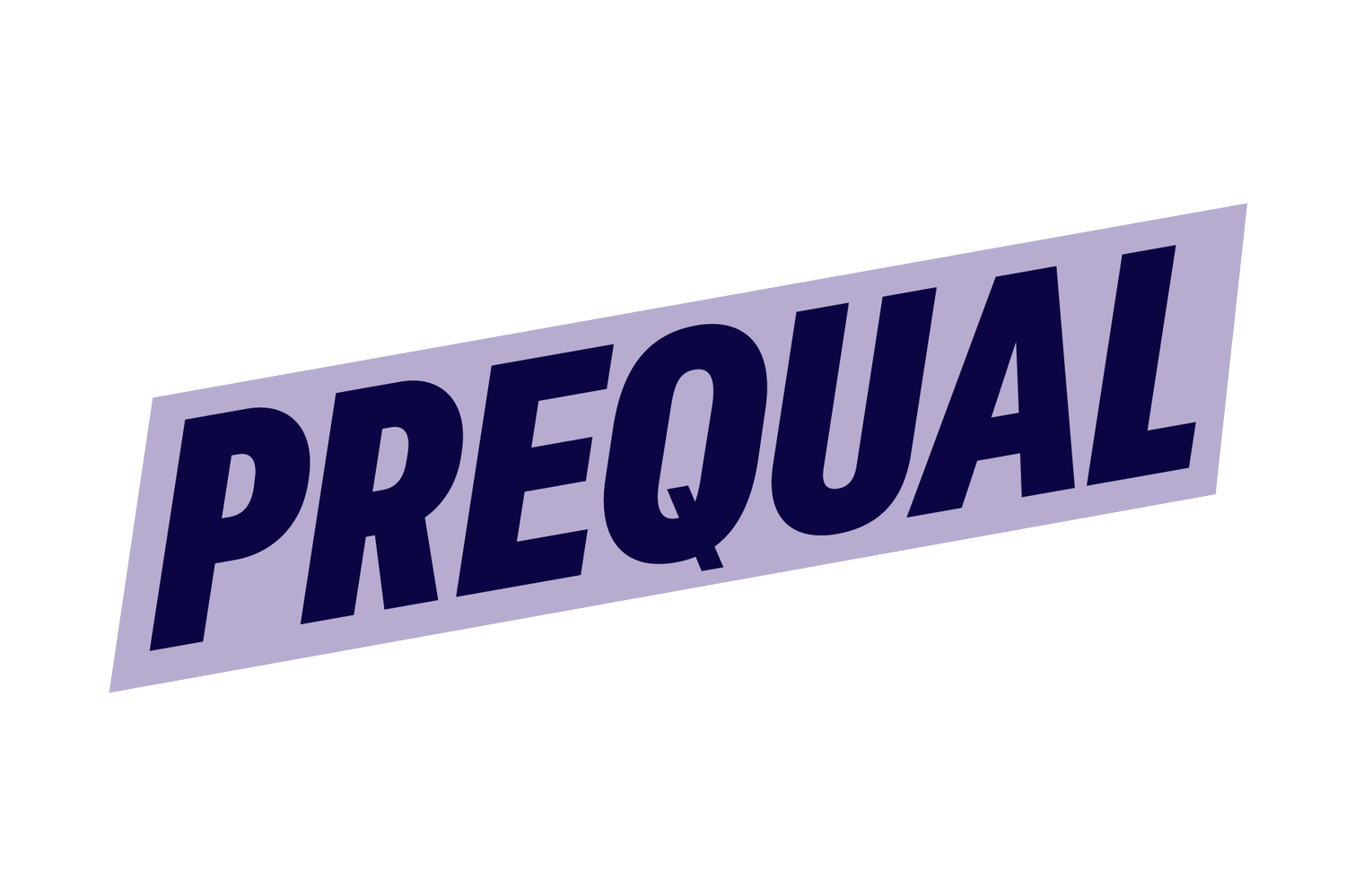4 Key Differences Between a Sales and Marketing Plan, And Why You Need Both
Sales and marketing are two important functions in any business. Both are crucial for the growth and success of an organization. When working in tandem, they play a critical role in promoting the products or services of a company, generating revenue, and building strong customer relationships. Both sales and marketing plans are essential for the success of a business, but they have different objectives, serve different purposes, and are created using different processes. Here are four key reasons why you need a separate sales and marketing plan.
A Difference Between Sales and Marketing Plans: Their Purpose
One of the key differences between a sales plan and a marketing plan is their purpose. The sales plan is focused on the end goal of making sales, while the marketing plan takes a broader view and focuses on the overall strategy for promoting and positioning the company in the market.
A sales plan is created with the specific goal of driving sales and revenue for the company. This plan focuses on the tactics and activities that the sales team will undertake to generate revenue. It’s focused solely on selling your services, products, or offerings.
On the other hand, a marketing plan is a broader strategy. It outlines a company's overall approach to promoting and positioning its products or services in the market. It’s the research and analysis that goes into a company’s overall strategy around messaging, content, channels, and how to position the brand within the market and reach its target audience. A good marketing plan is designed to promote the company's products or services, build brand awareness, and establish strong customer relationships.
A Difference Between Sales and Marketing Plans: Their Scope
Another difference between a sales plan and a marketing plan is the scope of their activities. A sales plan is narrower in scope and focuses specifically on the sales activities and tactics that will be used to achieve sales goals and targets. This might include lead generation, product demonstrations, customer presentations, and negotiations. On the other hand, a marketing plan covers a broader range of activities, including market research, product development, advertising, public relations, content, and messaging.
Differences Between Sales and Marketing Plans: Their Focus
The focus of a sales plan and a marketing plan is different, too. A sales plan focuses on making sales and generating revenue, while a marketing plan takes a broader view. It focuses on creating and maintaining a strong brand image and customer relationships over the long term. Marketing activities are designed to build brand awareness, create interest in the company's products or services, and establish customer loyalty, all of which are critical for the long-term success of a business.
Differences Between Sales and Marketing Plans: Their Processes
You will use different processes when creating a sales plan versus a marketing plan. A sales plan is based on thoroughly understanding the company's sales goals, targets, and the competitive environment. The sales plan will often be created in collaboration with the marketing team to ensure that it aligns with the broader marketing strategy, but it is not a marketing plan.
On the other hand, a marketing plan is based on market research, competitor analysis, and an understanding of the target audience and customer needs.
Sales and Marketing Plans Are Critical
In conclusion, sales and marketing are two critical functions in any business that are crucial for the growth and success of the organization. While both sales and marketing plans are essential for the success of a business, they have different objectives, scope, and focus and are created using different processes. A sales plan is a specific strategy for achieving sales goals and targets, while a marketing plan is a broader strategy that outlines the overall approach a company will take to promote and position its products or services in the market.



